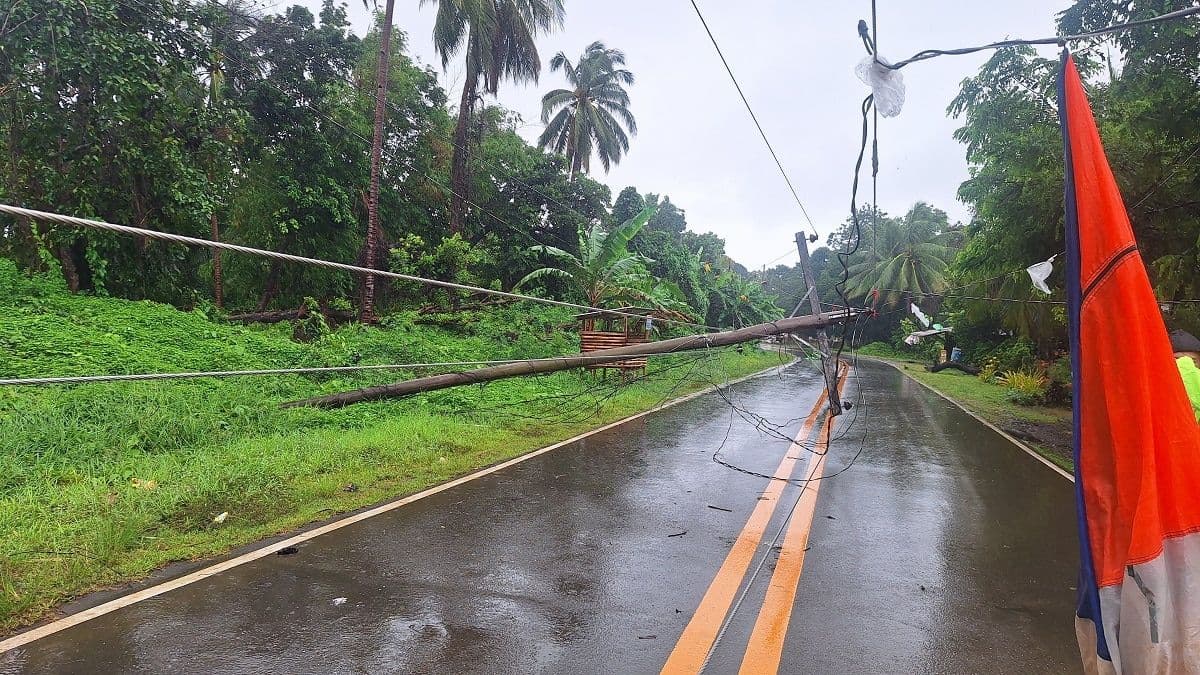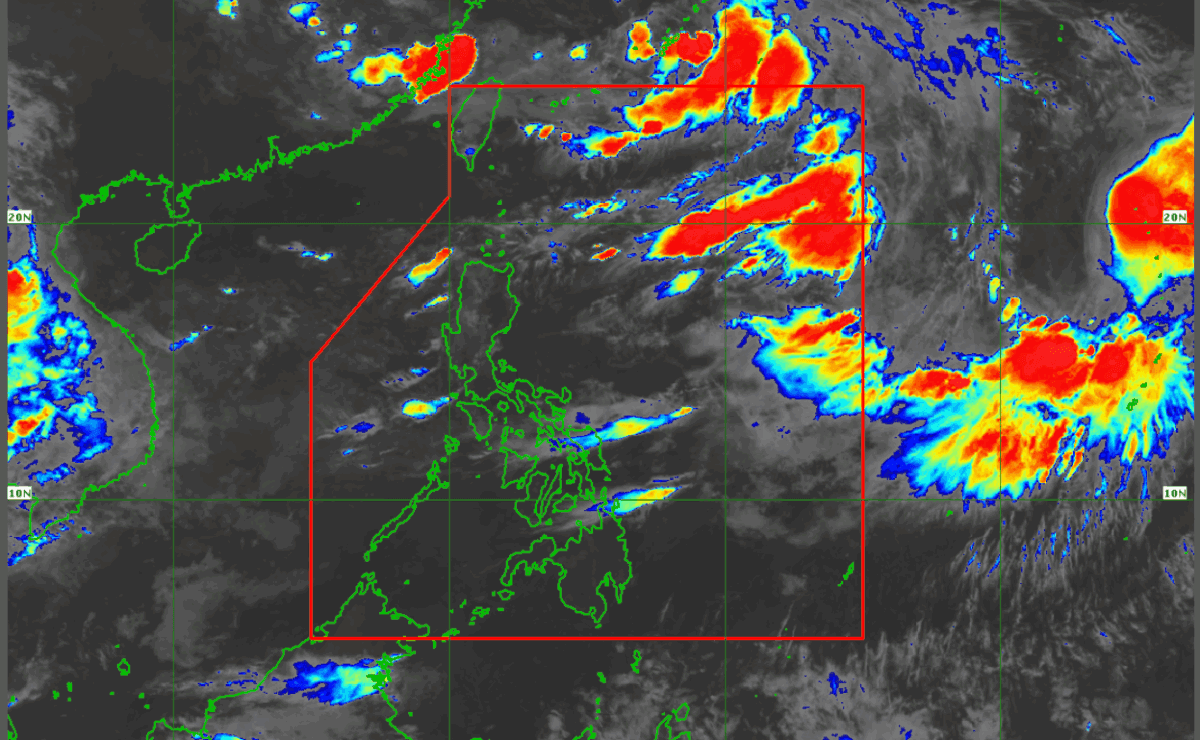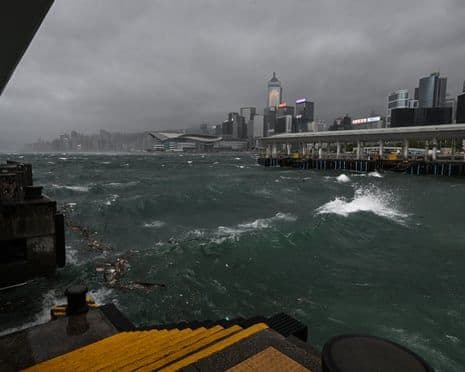Anticipating the Monsoon's Fury: What Dante 2025 Reveals About Our Preparedness
Unpack Typhoon Dante 2025: a look at advanced forecasting, community resilience, and vital lessons for the Philippines' climate adaptation in a changing world.

Decoding the Early Warnings: The Science Behind 2025's Predictive Models
The emergence of Typhoon Dante in 2025 served as a stark reminder of the 's vulnerability to extreme weather, yet it also highlighted remarkable strides in meteorological science. Weeks before Dante made landfall, advanced predictive models were already signaling the formation of not one, but two distinct Low Pressure Areas (LPAs) within the by late July. This early detection wasn't mere coincidence; it was the culmination of significant investments in high-resolution satellite imagery, an expanded network of Doppler radars, and the sheer computational power of supercomputers crunching vast datasets. Meteorologists at , leveraging these sophisticated tools, could track the nascent systems with unprecedented precision, providing critical lead time. This allowed for initial advisories to be disseminated, setting in motion the crucial early warning mechanisms that would eventually define the nation's response to Dante. The science behind these 2025 models represents a leap forward, moving beyond mere probability to offer more confident projections of a storm's potential trajectory and intensity, giving communities a fighting chance.
Dante's Mark: Unpacking the Storm's Anatomy and Impact Zones
As the twin LPAs coalesced and intensified, one eventually matured into Typhoon Dante, revealing its formidable anatomy. While the precise path of remains a subject of ongoing study, its impact was felt across various regions, underscoring the dynamic and often unpredictable nature of tropical cyclones. The storm brought with it not only powerful winds but also torrential, sustained rainfall, turning already saturated landscapes into flood zones. Reports from provinces like , , and , alongside cities such as in , painted a vivid picture of the widespread inundation that affected tens of thousands of families. These areas, historically prone to flooding, bore the brunt of Dante's fury, demonstrating how the typhoon exacerbated existing vulnerabilities. The storm’s slow movement, a characteristic often observed in intense rainfall events, prolonged the exposure to heavy downpours, leading to devastating floods and landslides that tested the limits of local infrastructure and emergency services.

Building Back Smarter: Innovations in Disaster Resilience and Community Response
Dante 2025 provided a crucible moment for the , prompting a deeper commitment to 'building back smarter' rather than simply rebuilding. The immediate aftermath saw an accelerated rollout of innovative strategies aimed at enhancing disaster resilience. Communities, already familiar with the rhythms of the monsoon, adopted advanced early warning dissemination methods, utilizing everything from localized SMS alerts to community radio broadcasts and social media campaigns to ensure no one was left unaware. Evacuation protocols were refined, incorporating pre-emptive measures and designated safe zones equipped with basic necessities, reducing the chaos typically associated with mass movements. Furthermore, there was a noticeable push towards climate-adaptive infrastructure, including elevated housing designs in flood-prone areas and improved drainage systems in urban centers. Local government units, empowered by updated disaster risk reduction frameworks, facilitated community-led drills and preparedness programs, fostering a culture where every citizen understood their role in collective safety.

A Nation's Resolve: Lessons Learned and the Path to Climate Adaptation
The experience of Typhoon Dante 2025, while challenging, ultimately forged a stronger resolve within the to confront the realities of a warming world. The storm served as a potent, real-time case study, offering invaluable insights into the efficacy of updated forecasting models and early warning systems. While the scientific community celebrated the early detection of the LPAs, the subsequent impacts highlighted persistent gaps in localized readiness and infrastructure, particularly in the most vulnerable communities. Dante underscored the urgent need for continuous investment in climate-resilient development, from mangrove reforestation along coastlines to the integration of climate change adaptation into national policy. The collective response, characterized by both governmental action and grassroots initiatives, solidified the understanding that true climate adaptation is an ongoing journey, requiring constant learning, policy adjustments, and a unified national effort. The path ahead is clear: to transform lessons from storms like Dante into a blueprint for a more secure and adaptable future for all Filipinos.
Related Articles

Weathering the Storm: Unpacking Resilience in a Deluge-Prone Nation

Weathering the Storm: Unpacking Resilience in a Deluge-Prone Nation

Beyond the Daily Bulletin: Decoding the Philippines' Shifting Skies

Beyond the Daily Bulletin: Decoding the Philippines' Shifting Skies

The Human Equation of Extreme Weather: Adapting to Nature's Shifting Moods

The Human Equation of Extreme Weather: Adapting to Nature's Shifting Moods

Unseen Waters Rising: Navigating the Philippines' Red Rainfall Warnings
